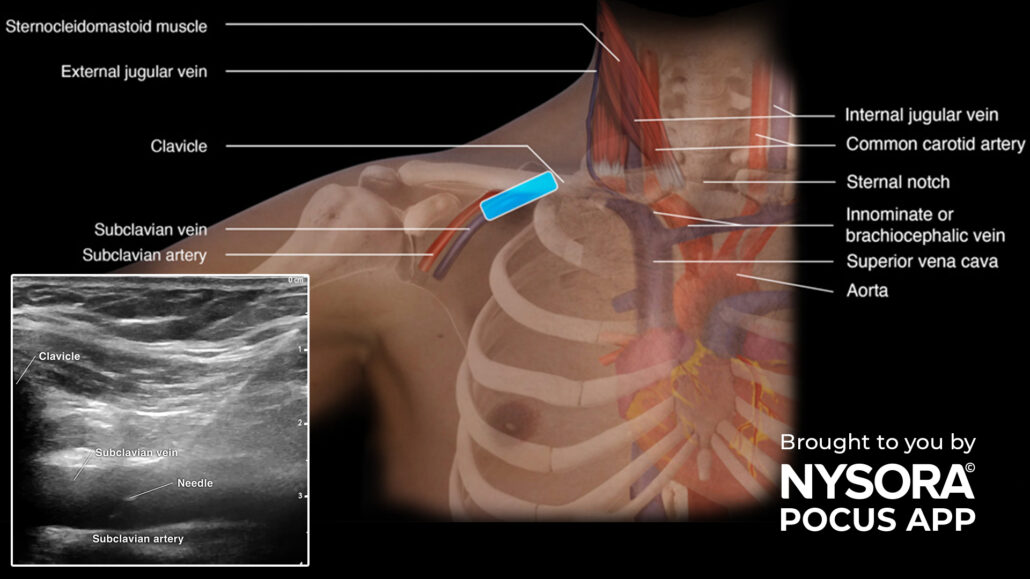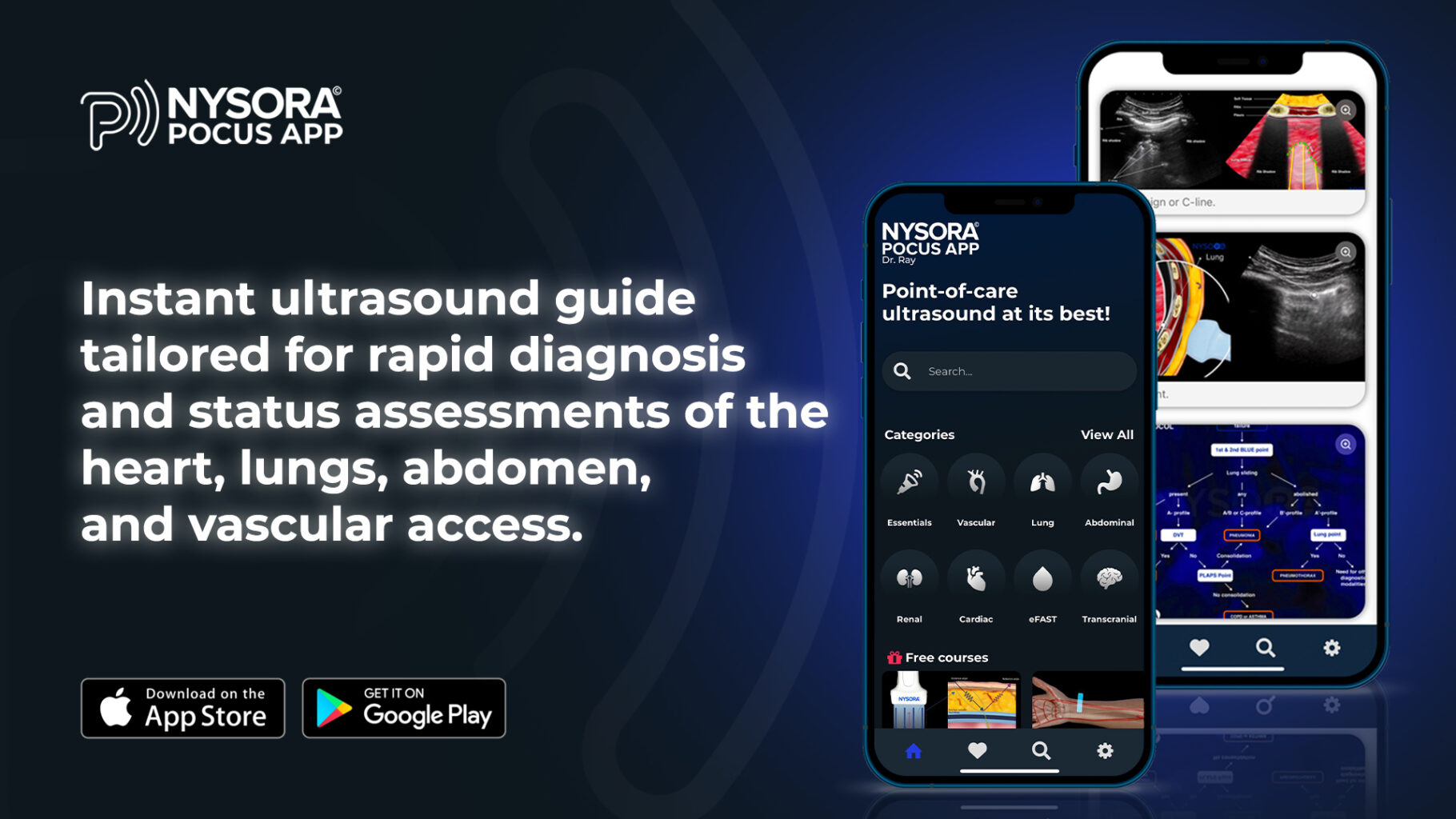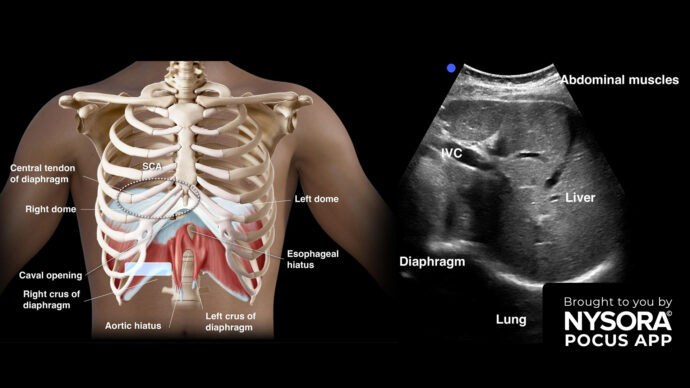
Tips for subclavian vein cannulation
Subclavian vein cannulation is an essential medical procedure used to access central veins for various clinical purposes. The incorporation of point-of-care ultrasound (POCUS) has significantly enhanced the precision and safety of this technique. POCUS allows healthcare providers to visualize and navigate the subclavian vein with accuracy, reducing complications and improving the overall success of the procedure.

When it comes to subclavian vein cannulation, these expert tips can make a significant difference:
- Always identify the vein, artery, pleura and ribs before starting the procedure.
- Subclavian vein cannulation carries the least risk for catheter-related infections, while femoral vein cannulation has a higher risk.
- In cases involving small or flat veins in intubated patients, techniques like the Valsalva maneuver or positive end-expiratory pressure (PEEP) can enhance vein distention, simplifying the cannulation procedure.
- Always augment your ultrasound-guided subclavian vein cannulation with a lung ultrasound together with a quick cardiac ultrasound to check for the rapid atrial swirl sign (RASS). This will allow you to rule out pneumothorax and confirm the position of the catheter insertion.
Transform your practice with the power of POCUS using NYSORA’s POCUS App. Enhance your skills, broaden your diagnostic capabilities, and provide outstanding patient care. Experience the difference today – Download the app HERE.



